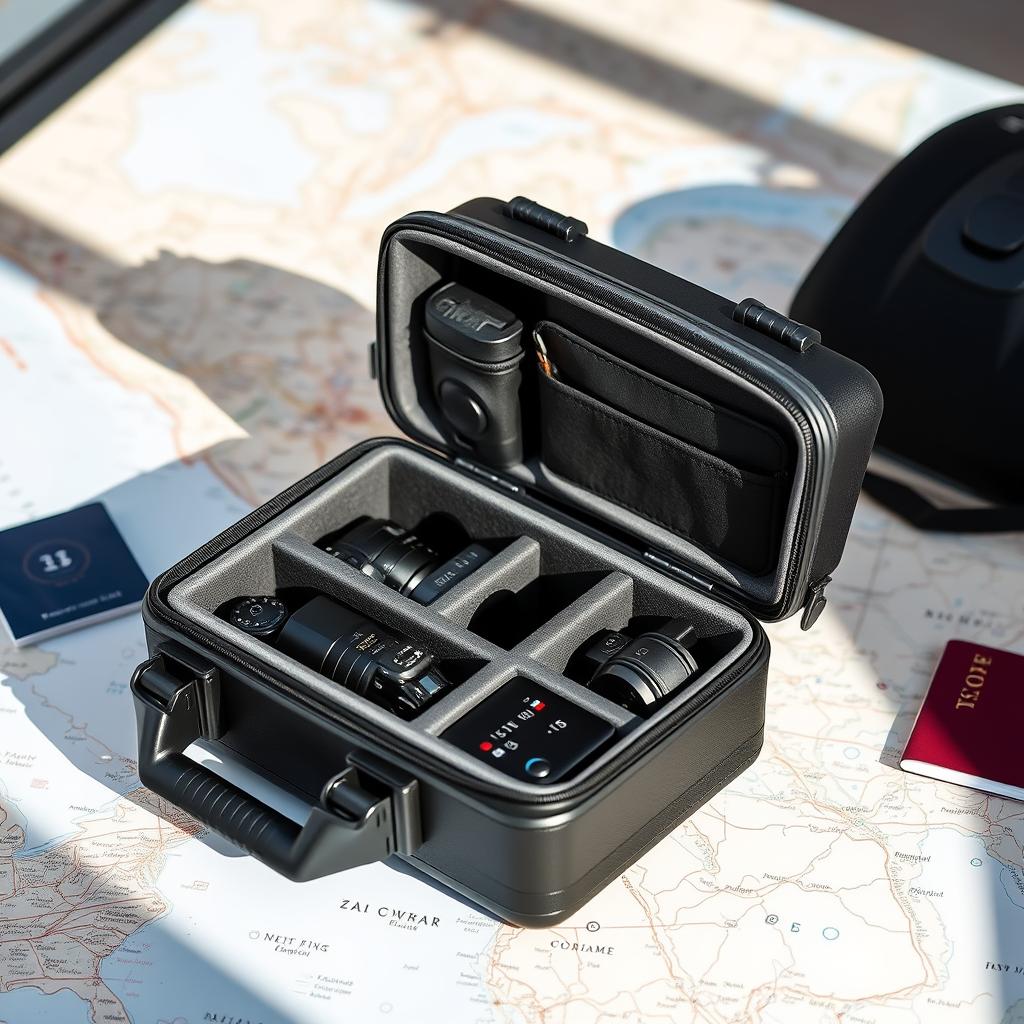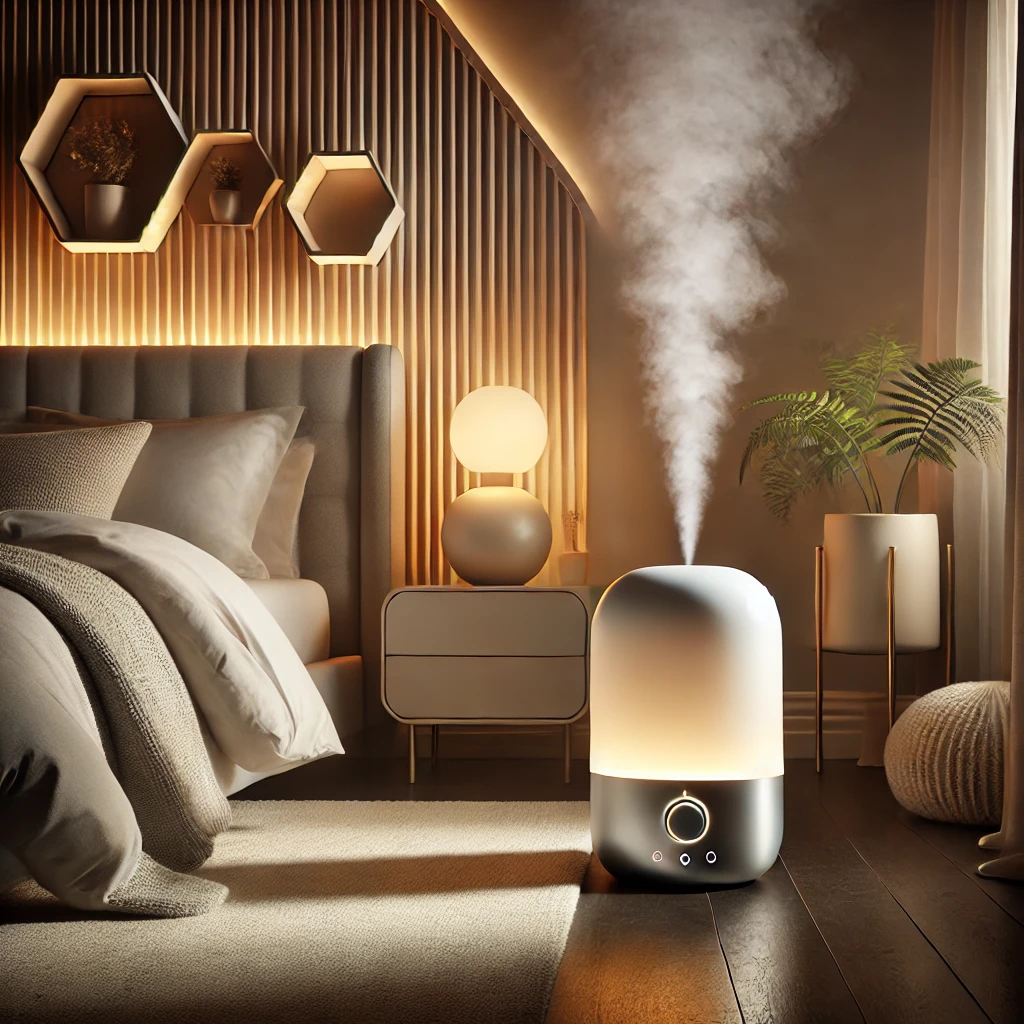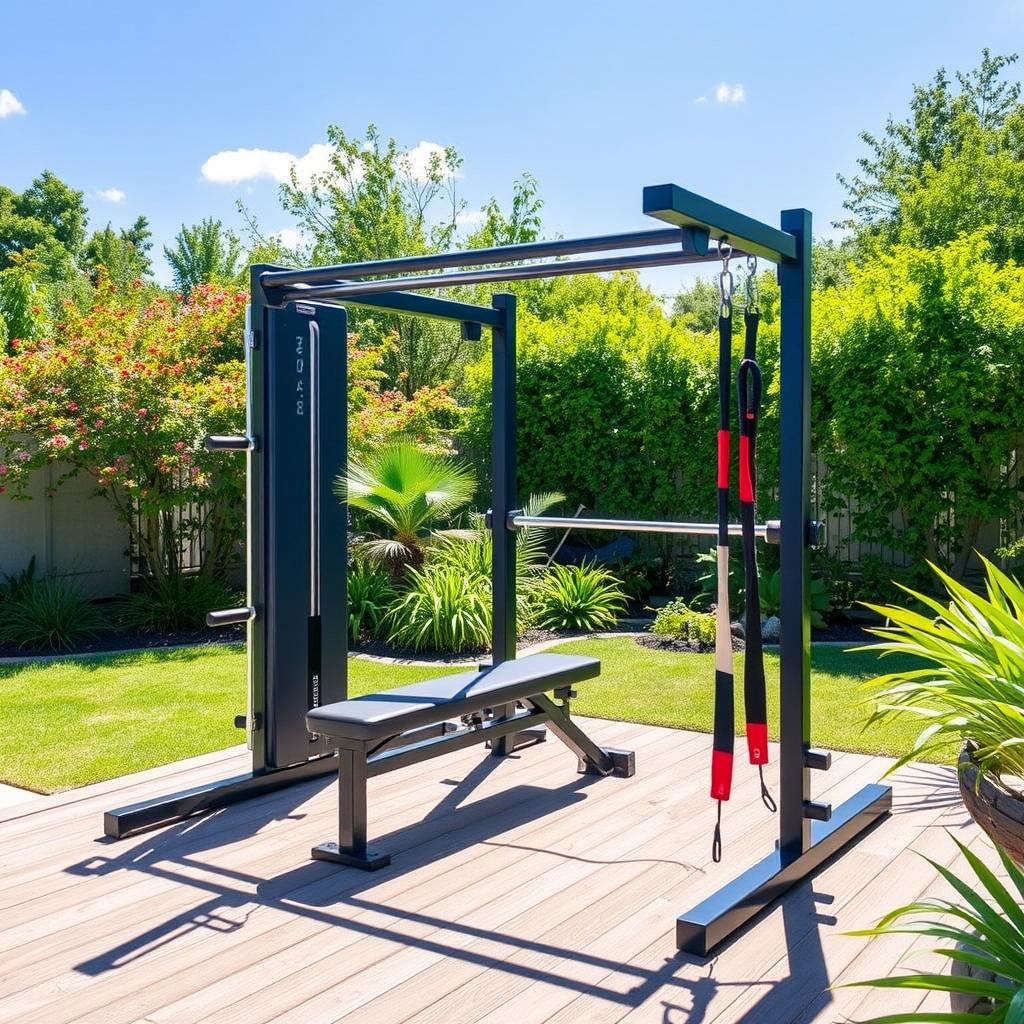Introduction: The Rise of Sleep Tracking
In today’s world, where quality sleep is a luxury, the emergence of sleep trackers offers a window into our sleeping patterns. These devices, or applications, are revolutionizing the way we understand and manage our sleep.
Exploring Sleep Trackers
A sleep tracker monitors various aspects of sleep, including its duration, phases, and quality. By analyzing movement, heart rate, and breathing, these devices paint a detailed picture of our nightly rest.
The Science of Sleep: Understanding Cycles
To fully appreciate the capabilities of sleep trackers, it’s essential to delve into the intricate science of sleep cycles.
Sleep isn’t just a block of unconsciousness; it’s a cyclic process consisting of several stages, each playing a critical role in rest and recovery.
- NREM (Non-Rapid Eye Movement) Sleep: This phase consists of three stages:
- Stage 1 (N1): The transition from wakefulness to sleep, lasting about 1-5 minutes. It’s a light sleep phase where you can be easily awakened.
- Stage 2 (N2): This is when you start sleeping more soundly, typically lasting 10-25 minutes in the first cycle, extending in subsequent cycles. Brain waves slow down with occasional bursts of rapid waves called sleep spindles.
- Stage 3 (N3): The deep sleep stage, lasting 20-40 minutes. This is crucial for physical recovery and growth. Brain waves are at their slowest, and waking someone up is difficult.
- REM (Rapid Eye Movement) Sleep: Following the NREM stages, the REM phase begins about 90 minutes after falling asleep. It’s characterized by rapid eye movements, increased brain activity, vivid dreams, and temporary muscle paralysis. The first REM cycle lasts about 10 minutes, extending up to an hour in subsequent cycles.
The Cycle Pattern
An entire sleep cycle, from Stage 1 NREM to REM, lasts about 90 to 110 minutes. Adults typically experience 4-6 cycles per night. The structure of these cycles changes as the night progresses — early in the night, NREM sleep dominates, particularly the deep N3 stage, while REM periods lengthen in the later cycles.
Sleep Trackers and Their Analysis
Sleep trackers use methods like actigraphy to estimate the stages of sleep, offering insights into the length and quality of each phase.
Actigraphy, a pivotal technology in sleep trackers, revolutionizes our understanding of sleep patterns. This method involves using an actigraph, typically worn on the wrist like a watch, which monitors and records physical motion. The underlying principle is simple yet effective: during different sleep stages, our movement levels vary significantly. Actigraphy capitalizes on this by analyzing motion data to differentiate between wakefulness and various sleep stages.
In sleep tracking, actigraphy provides valuable insights by detecting periods of restlessness versus stillness, which correlate with different sleep phases. For instance, during deep sleep stages, the body exhibits minimal movement, which an actigraph can effectively detect. On the contrary, periods of frequent movement may indicate lighter sleep stages or interruptions in sleep.
This technology, while not as precise as polysomnography (the gold standard in sleep studies), offers a practical and non-invasive way to gauge sleep quality. It’s especially useful for long-term monitoring, providing trends and patterns that can reveal changes in sleep habits or potential sleep disorders.
By incorporating actigraphy, sleep trackers offer a user-friendly approach to understand our nightly rest. They bridge the gap between professional medical assessments and personal health awareness, making sleep tracking accessible to everyone.
The Role of Each Sleep Stage
Every stage of sleep has its unique benefits, from physical healing during NREM sleep to cognitive and emotional processing in REM sleep.
| Sleep Stage | Duration | Characteristics | Benefits |
|---|---|---|---|
| NREM Stage 1 (N1) | 1-5 minutes | Transition from wakefulness to sleep. Light sleep phase. | Facilitates the transition into deeper sleep. Helps the body wind down. |
| NREM Stage 2 (N2) | 10-25 minutes | Deeper sleep than N1. Characterized by sleep spindles. | Promotes mental and physical relaxation. Aids in memory consolidation. |
| NREM Stage 3 (N3) | 20-40 minutes | Deep sleep stage. Slowest brain waves. | Crucial for physical recovery, tissue repair, and growth. Boosts immune function. Releases growth hormone. |
| REM Sleep | 10 minutes to 1 hour | Rapid eye movements, increased brain activity. Vivid dreams occur. | Supports cognitive functions like memory, learning, and emotional processing. Stimulates brain regions involved in learning. |
The Utility of Sleep Tracking
Sleep trackers enhance our understanding of sleep patterns and can highlight potential sleep irregularities.
Considerations in Sleep Tracker Accuracy
While offering valuable insights, it’s crucial to recognize the limitations of sleep trackers and use them as a guide rather than a sole source of truth.
- Accuracy of Sleep Trackers: Research suggests that while sleep trackers are good at detecting sleep versus wakefulness, their accuracy in identifying specific sleep stages can vary. A study published in the Journal of Clinical Sleep Medicine found that consumer-grade sleep trackers could accurately detect sleep 78% to 93% of the time compared to polysomnography (the gold standard in sleep measurement) but were less accurate in distinguishing between light, deep, and REM sleep.
- Popularity and Usage: According to a survey by the National Sleep Foundation, about 10% of U.S. adults use a wearable fitness/sleep tracker. This indicates a growing interest in personal health monitoring.
- Consumer Perception: A study in the Journal of Sleep Research noted that over 50% of sleep tracker users trust these devices to accurately measure sleep, demonstrating high consumer confidence in the technology.
- Impact on Sleep Behavior: In a survey conducted by the University of California, San Francisco, 60% of sleep tracker users reported that using the device had influenced them to change their sleep habits, indicating the potential behavioral impact of these gadgets.
- Limitations in Clinical Diagnostics: Sleep trackers are not diagnostic tools. The American Academy of Sleep Medicine (AASM) cautions that these devices should not be used to diagnose sleep disorders, as they cannot replace professional medical evaluation and polysomnography tests.
- Psychological Impact: A phenomenon known as “orthosomnia,” where individuals become overly concerned with perfecting their sleep data, has been observed in some cases. This can ironically lead to increased sleep-related anxiety, as reported in a study published in the Journal of Clinical Sleep Medicine.
- Diverse Consumer Market: The global sleep tracker market is diverse, with an array of devices ranging from wristbands to under-mattress sensors. This market was valued at approximately $1.2 billion in 2020 and is projected to grow, indicating a strong consumer interest in sleep tracking technology.
Seamlessly Integrating Sleep Trackers
Incorporating a sleep tracker into your routine can be a straightforward process, with various options available to suit different preferences.
The Psychological Impact of Sleep Data
Awareness of the psychological effects of sleep data is essential to avoid becoming overly fixated on sleep metrics.
Choosing Your Sleep Tracker
When selecting a sleep tracker, consider factors like accuracy, ease of use, and additional features that cater to your specific needs.
Beyond Monitoring: Enhancing Sleep Quality
Improving sleep quality goes beyond mere tracking; it involves adopting healthy sleep habits and creating a restful environment.
- Establish a Consistent Sleep Schedule: Adhering to a regular sleep schedule, even on weekends, helps regulate your body’s internal clock and improves sleep quality. Aim to go to bed and wake up at the same time every day.
- Create a Restful Environment: Your bedroom should be a sanctuary for sleep. Keep it cool, dark, and quiet. Consider using blackout curtains, eye shades, earplugs, or “white noise” devices. Ensure your mattress and pillows are comfortable and supportive.
- Mindful Eating and Drinking Habits: Avoid large meals, caffeine, and alcohol before bedtime. These can disrupt sleep or prevent deep sleep stages. Also, be cautious with nicotine and other stimulants.
- Pre-Sleep Routine: Develop a relaxing routine before bed. This can include reading, taking a warm bath, light stretching, or meditative practices. Avoiding screens (like smartphones and TVs) an hour before bedtime can also help, as the blue light emitted can interfere with your body’s production of melatonin, a hormone that regulates sleep.
- Physical Activity: Regular physical activity can promote better sleep, helping you fall asleep faster and enjoy deeper sleep. However, don’t exercise too close to bedtime as it might energize you too much.
- Manage Stress and Anxiety: Chronic stress and anxiety can have a profound impact on sleep quality. Techniques such as deep breathing exercises, meditation, journaling, or professional therapy can help in managing stress levels.
- Limit Daytime Naps: While short power naps can be beneficial, long or irregular napping during the day can negatively affect your nighttime sleep.
- Consider Your Sleep Position: Your sleeping posture can have a significant impact on your sleep quality and health. Experiment with different positions to find the one that feels most comfortable. Specialized pillows can help align your neck and spine correctly.
- Stay Hydrated, But Not Just Before Bed: Staying hydrated is essential for overall health, but limit fluids before bed to minimize nighttime bathroom trips.
- Seek Professional Help if Needed: If sleep problems persist, it might be a sign of a sleep disorder. Consulting a healthcare provider or a sleep specialist can provide insights and professional treatment options.
- Mindfulness and Relaxation Techniques: Practices like yoga, meditation, and mindfulness can relax the mind and body, making it easier to fall asleep.
- Limit In-Bed Activities: Reserve your bed for sleep and intimacy. Avoid working, eating, or watching TV in bed.
Conclusion: The Future of Sleep Tracking
As technology advances, sleep trackers are poised to offer even deeper insights into our sleep health, paving the way for better sleep and overall well-being.






